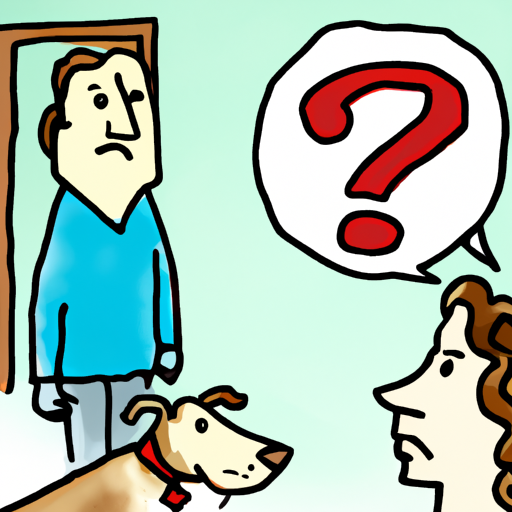Understanding Your Dog’s Panting
You’re not alone if you’ve ever wondered why your dog is panting heavily. In most cases, dogs pant to cool themselves down. But, what if it’s more than just heat? Could your furry friend be in pain?
Dogs can’t communicate through words like we do. So, they use other methods to express their discomfort, and panting could be one of them. Panting can be your dog’s way of communicating that they’re in pain.
Signs of Pain in Dogs
When a dog is in pain, their panting may be different than normal. It could be louder, harsher, or more frantic. It might even be accompanied by other signs of distress. Here’s what to look out for:
- Excessive drooling
- Whining or whimpering
- Changes in appetite
- Lethargy or fatigue
In addition, your dog might exhibit changes in behavior such as:
- Aggression
- Restlessness
- Difficulty moving
Pain-Induced Panting VS Normal Panting
How can you tell the difference between pain-induced panting and normal panting? Here’s a quick comparison:
| Normal Panting | Pain-Induced Panting |
|---|---|
| Happens after exercise | Happens without physical exertion |
| Breath rate goes back to normal quickly | Continues for a long time |
| Dog appears relaxed and happy | Dog appears anxious or agitated |
What to Do If Your Dog Is in Pain
If you believe your dog is in pain, don’t panic. Your calmness is essential for your pet’s comfort. Here’s what you can do:
- Contact your vet: Always consult a professional if you suspect your dog is in pain.
- Don’t force physical activity: Let your dog rest.
- Provide a comfortable environment: Make sure your dog is in a calm and quiet space.
FAQs
Q: Can panting be the only sign of pain in dogs?
A: Not necessarily. Panting could be accompanied by other signs of distress like restlessness, loss of appetite, and changes in behavior.
Q: My dog is panting but seems happy. Should I be worried?
A: Not always. Dogs pant when they’re hot, excited, or after exercising. If your dog appears happy and there are no other signs of discomfort, there’s likely no cause for concern.
Q: Should I always call the vet if my dog is panting heavily?
A: If the panting is unusual, lasts for a long time, or is accompanied by other signs of distress, it’s best to consult a vet.
Your role as a caregiver for your furry friend is crucial. Knowing the signs of pain and understanding your dog’s panting could mean the difference between a healthy, happy pup and a pet in discomfort. So stay observant, stay informed, and stay loving.



